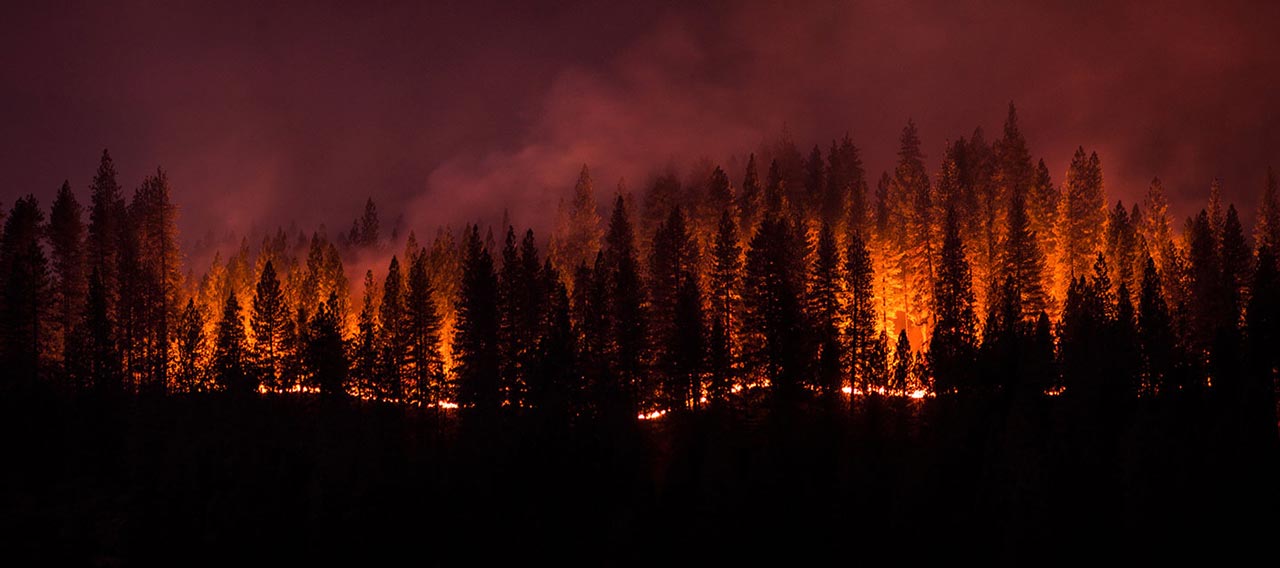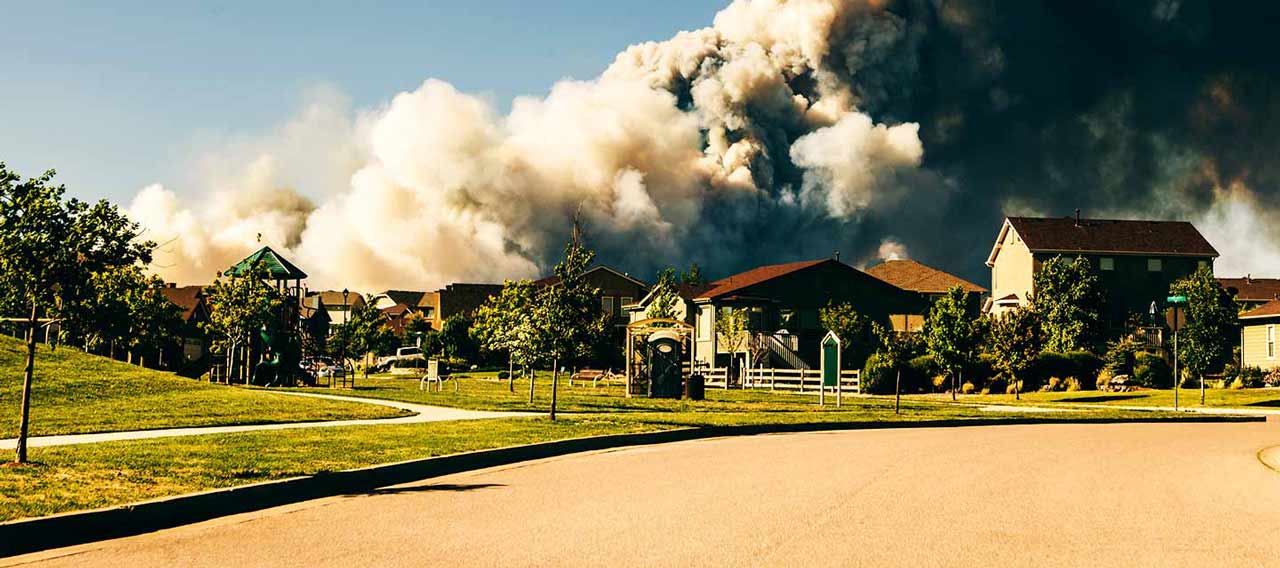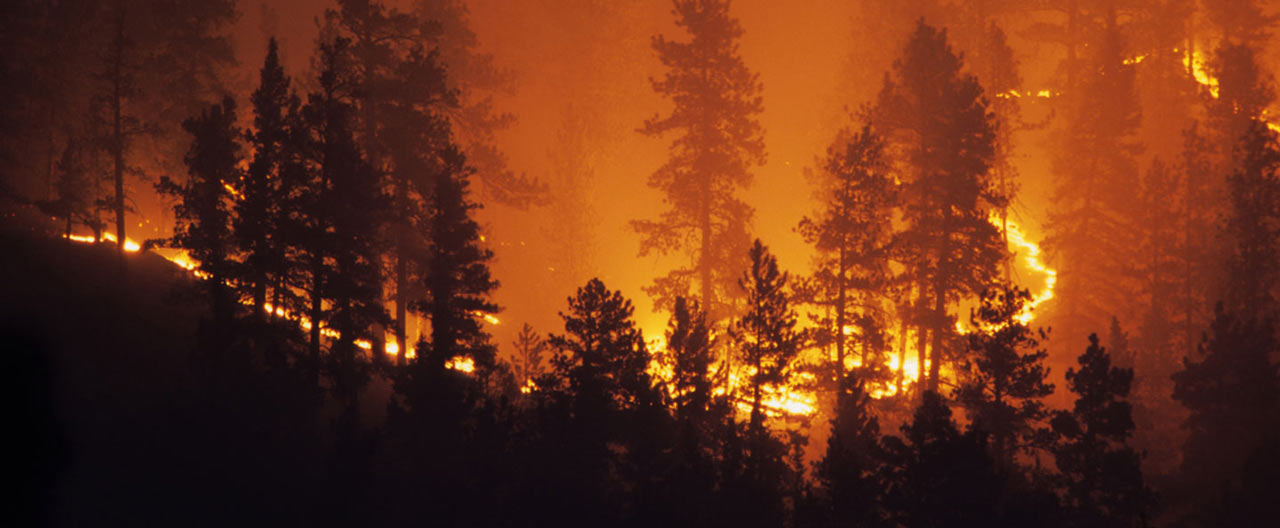- Individuals & Families
- Businesses
- Brokers

With winter on its way out, you may be ready for some spring cleaning.

Make sure you protect your classic cars from damage or additional wear and tear.

Keep your important papers and small valuables away from burglars, fire or natural disaster.

For over a hundred years, we’ve offered unparalleled stability and protection for small boats, yachts, luxury mega-yachts, and more.

Here are some things you can do to assist firefighters and minimize the damage to your home.

At their worst, disputes between professional service firms and their clients can lead to costly lawsuits.
According to the National Fire Protection Association, there are three main ways your home can be threatened by wildfire: direct exposure to flames, radiated heat, and airborne firebrands such as embers, or burning pieces of airborne wood or vegetation. Embers are especially dangerous, as they can be carried on the wind for more than a kilometre and can cause spot fires and ignite homes, debris, and other objects. Whether you’re building a new home or renovating an existing one, incorporating fire-resistive materials can help protect your home from wildfires and enable it to act as a fire break, potentially reducing the size of the fire and helping firefighters get it under control more easily.
1. Roofing material
Instead of installing wood shingles or shakes, which provide fuel for burning embers, install Class A, fire-rated roofing material, such as standing seam metal, concrete tile, slate, or composite roofing. Burning embers may simply roll off your roof before they have time to catch fire. A steep pitched roof is also more fire resistant than a flat roof.
2. Exterior walls
Using non-flammable siding, such as brick or stone veneer, stucco, or fiber-cement siding, you can help prevent fires from spreading from the ground level up the exterior walls and to the roofline.

3. Decks
Instead of building a traditional untreated wood deck, consider using composite materials, concrete products and terraces, which will help prevent fires from moving quickly.
4. Windows
Before a window is touched by flames, the intense heat of a wildfire can cause the glass to break. To help protect your home, install double-paned or dual-paned windows, which will take the fire twice as long to break and will be more energy efficient. Steel framing also offers better protection than wood or aluminum.

5. Vents and eaves
To keep embers and flaming material out of your home, cover all critical entry points – soffit vents, gable end vents, and dryer vents – with 1/8-inch wire mesh. Box in open eaves with fire-resistant materials too.
Sources:
NFPA Firewise USA - https://www.nfpa.org/Public-Education/Fire-causes-and-risks/Wildfire/Preparing-homes-for-wildfire
Insights and expertise



This document is advisory in nature and is offered as a resource to be used together with your professional insurance advisors in maintaining a loss prevention program. It is an overview only, and is not intended as a substitute for consultation with your insurance broker, or for legal, engineering or other professional advice.
Chubb is the marketing name used to refer to subsidiaries of Chubb Limited providing insurance and related services. For a list of these subsidiaries, please visit our website at www.chubb.com. Insurance provided by Chubb Insurance Company of Canada or Chubb Life Insurance Company of Canada (collectively, “Chubb Canada”). All products may not be available in all provinces or territories. This communication contains product summaries only. Coverage is subject to the language of the policies as actually issued.

